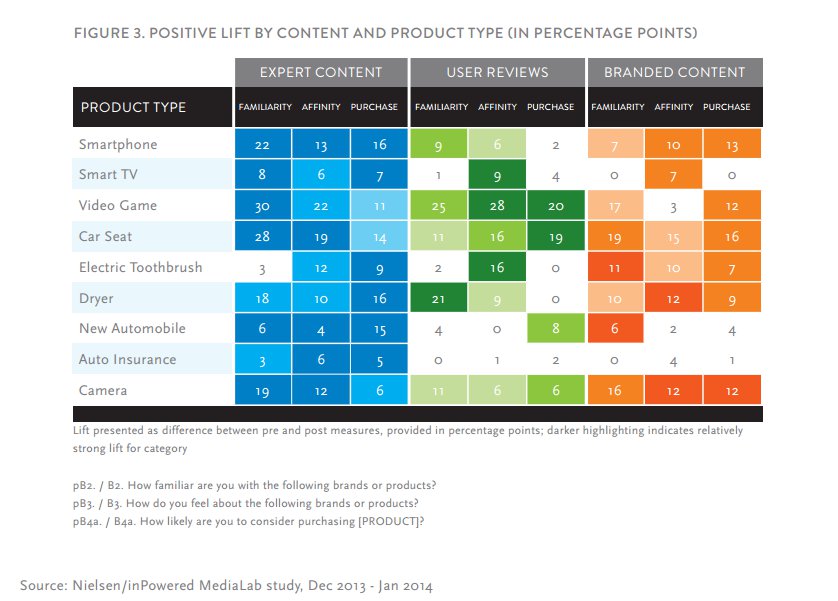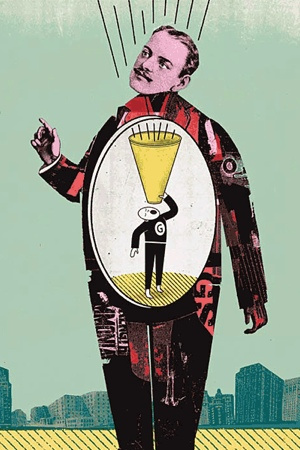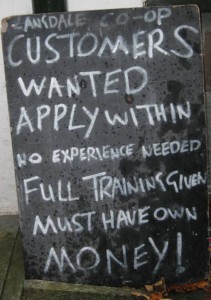The Who, What, Where, Who (Again) and How of a Content Marketing Strategy
So you’ve decided to make content part of your marketing efforts. How do you turn that intent into a concrete strategy? Here’s my who (x2), what, where and how of a content marketing strategy.
1. Who (are your customers)?
If you haven’t already, I’d create personas for your major customer types. Give them a names and occupations. Who do they holiday with? What do they want to get out of their holidays (the cultural immersion model might help you here). The more you can flesh the out and make them real people, the easier it this process will be.
2.What (do they need to plan their holiday)?
Don’t forget, the reason you’re investing in a content strategy is to help your potential customers earlier in the purchase cycle. That means your brand is likely to be involved right at the top of the purchase funnel (and therefore more likely to be involved at the bottom too). It also means you’ll build up favours in the customers’ favour bank, which makes a final purchase more likely. What information will be they looking for during that research? What information can you authoratively provide?
3. Where (will they be going to do their research)?
What are the authority sources that those potential customers will consult during their research process? Is it feasible to get your content onto these sources – even if just via comments? Google is going to be the first port of call for many. What keywords will they be using? Your content strategy will involve featuring the main keywords in your content. Don’t forget – the keywords potential customers use at the top of the funnel will be different – more generic – than the ones that drive traffic to your site.
4. Who (will create the content)?
Having decided what content you’re going to create, you need to look at who’s going to create that content. What can you staff create? What can your existing customer’s create? If there are gaps, you might might need to bring in some outside help. The other ‘who’ here is the person you’re going to put in charge of the delivery of your content strategy – the person that’s responsible for it’s delivery, coordinating the various creators and making sure they deliver.
5. How (well is your content strategy performing)?
You’ve decided what content you’ll be creating, where you’re going to be distributing it, who’s going to be creating it and who’s going to be coordinating it. Now, you need to get on with it – but not before you’ve set some measures in place. Which pieces of content are driving the greatest amount of visitors to your site and what is the quality of those visits (are they ‘bouncing’ after reading the content or going on to explore your site in more detail)? The content that is driving the greatest amount of quality traffic is the type to focus on. Be agile and constantly adjust your strategy based on your metrics.
Of course, the alternative is to jump straight in and, metaphorically speaking, just through content ‘at the wall’ and see what sticks – but you’ll waste a lot of time and effort (and potentially money) that way so it’s best to take a structured approach. You’ll reach the optimum solution much faster.



